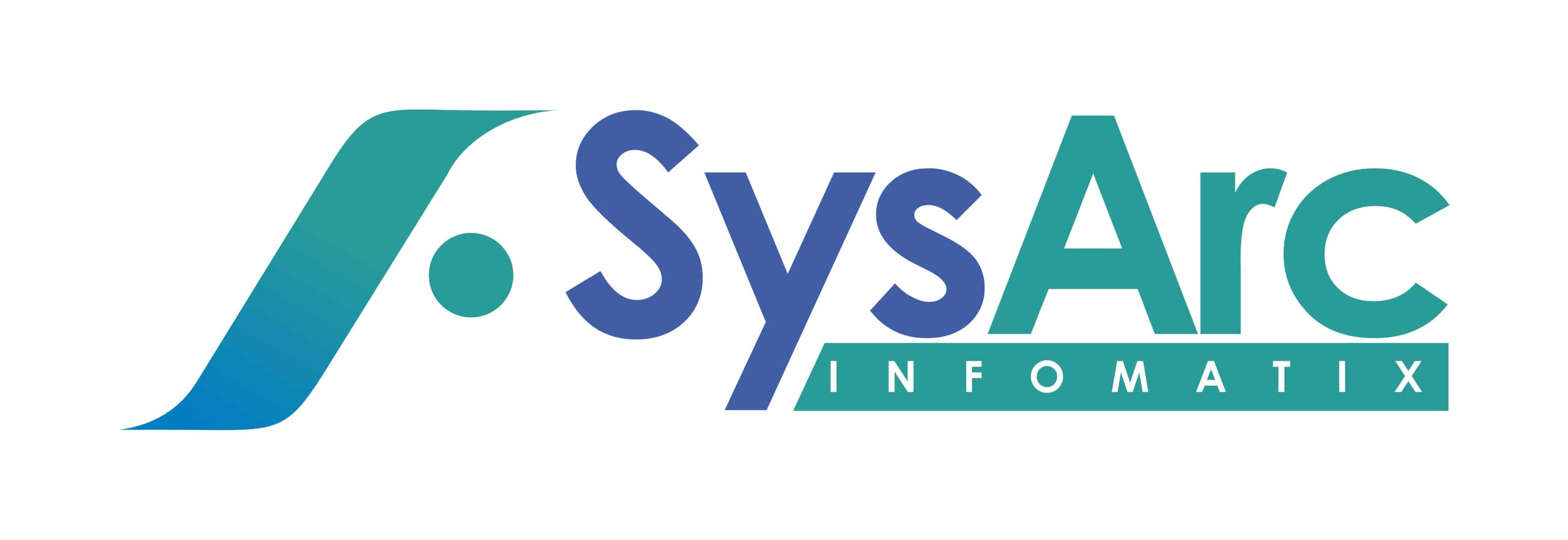Blended finance and the post-COVID economy (Part 1)
As we battle with the pandemic of Covid-19, the only hope may appear to be a vaccine. A magic fix? Not so much. Because the socio-economic strains that Covid-19 has exposed are the symptoms, and not the root cause. The crisis has exposed fault lines in healthcare, education, finance, and practically every industry that keeps the world running.
This calls for a renewed and strengthened global effort to get the world back on its feet. Though there is enough money for development, there are fewer frameworks to effectively organize it. Brian Moynihan, CEO of Bank of America says, “The world has trillions of dollars to invest, but the question is: can you get it organized?” In a predominantly capitalist world where every capital owner seeks the best returns for their investment, effective public-private partnership in development goals seems to be the way forward.
Beyond fund campaigns and relief packages, the world needs long-term investment, especially in the worst affected countries and societies. Notwithstanding the setbacks from Covid-19, the United Nations’ Sustainable Development Goals cannot be achieved without public-private partnerships. One such proven and successful model is ‘blended finance’, that has started to make global impact.
What is blended finance?
Blended finance is the use of catalytic capital from public or philanthropic sources to increase private sector investment in developing countries and sustainable development. (Center for Sustainable Finance and Private Wealth)
Lent at concessional rates, the mobilized capital is put to ethical and sustainable world development. The risks and returns are based on trust and goodwill. It is not strictly charity. Blended finance is a method of garnering positive financial return through contributing towards achieving the sustainable development goals of the United Nations. The involvement of the public or philanthropic parties help improve the risk/return profile, which in turn attracts more attention and participation from the private sector. A positive cycle. Everyone wins.
There are different forms of executing blended finance. One is the concessional debt or equity that puts the burden more on the public or philanthropic investors during losses. Second is the guarantee and risk insurance, that hedges the risks for the private participants. Third comes design / preparation funding grants that support bankability of projects. Fourth comes technical assistance grants that supplement the capacity of the investors.
A perfect marriage
Structuring the capital is the crux of blended finance, that should not be confused with impact investing. Blended finance provides a platform to enable public institutions, and private investors of all kinds to participate together towards global development projects. The returns on their investments depend on the initially agreed terms in the mandate. While the public and philanthropic institutions accept lesser returns and more risks from the investments, private investors on the other hand, are buoyed to participate, thanks to the stability provided by the public institutions, and the better returns they get in comparison.
There are several benefits. In blended finance development projects, public money helps to reduce the risk of investment for private organizations or individuals, using instruments such as default insurance or loan guarantees. The portfolio approach of blended finance diversifies capital investment, and thus manages risks better through prudent asset management. The bottom line is the impact of blended finance rather than growth and returns for the capital. It is ultimately for the greater good, and the trust factor brought in by public institutions emboldens private investors to pool in their money.
In short, concessional capital from public and philanthropic institutions + commercial capital from private institutions = blended finance.
Examples galore
The Climate Investor One fund that finances renewable energy projects is based on blended finance. The fund is now powering wind farms in Vietnam to hydropower in Uganda and continue to attract capital from grants and private investors. For every 1$ in public grants, it secures 12$ from the private sector. An NGO fund, Educate Girls, has been working to improve the enrolment of girls in schools in the state of Rajasthan. Using this blended finance structure, Educate Girls was able to substantially scale up its funding and therefore increase its impact.
Blended finance is crucial to fund social projects to get India back to its pre-Covid-19 growth rate. A report on blended financing in Asia by Convergence says that India is the most frequent recipient of transactions in the South and South-east Asian region, with a whopping 47% of all transactions targeting India.
Blended finance structures also allow governments and philanthropists to identify evidence for models that work: a proper blend of private and public funding that is most efficient. This is what our country needs. With jobs being lost in the thousands and unequal digital schooling systems slowly starting to affect children, we need to invest in long-term mitigation; both as a cure for the current crisis and a prevention to make sure it never happens again.
Continue exploring more on this topic with our part-2 blog here

